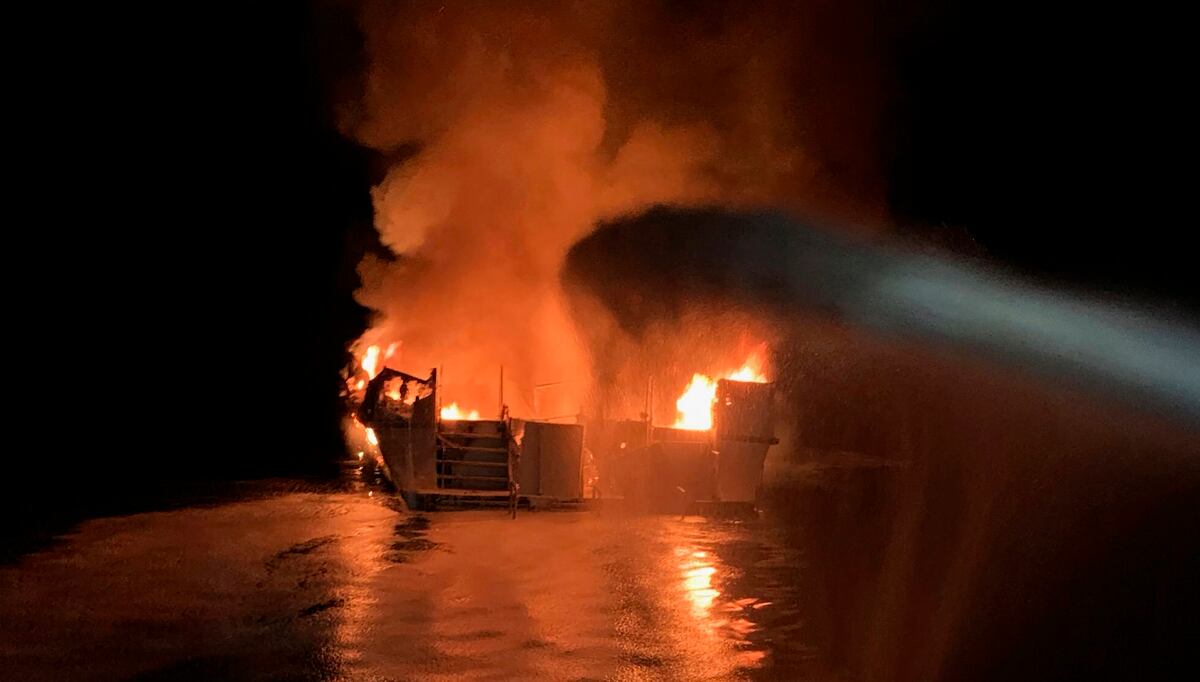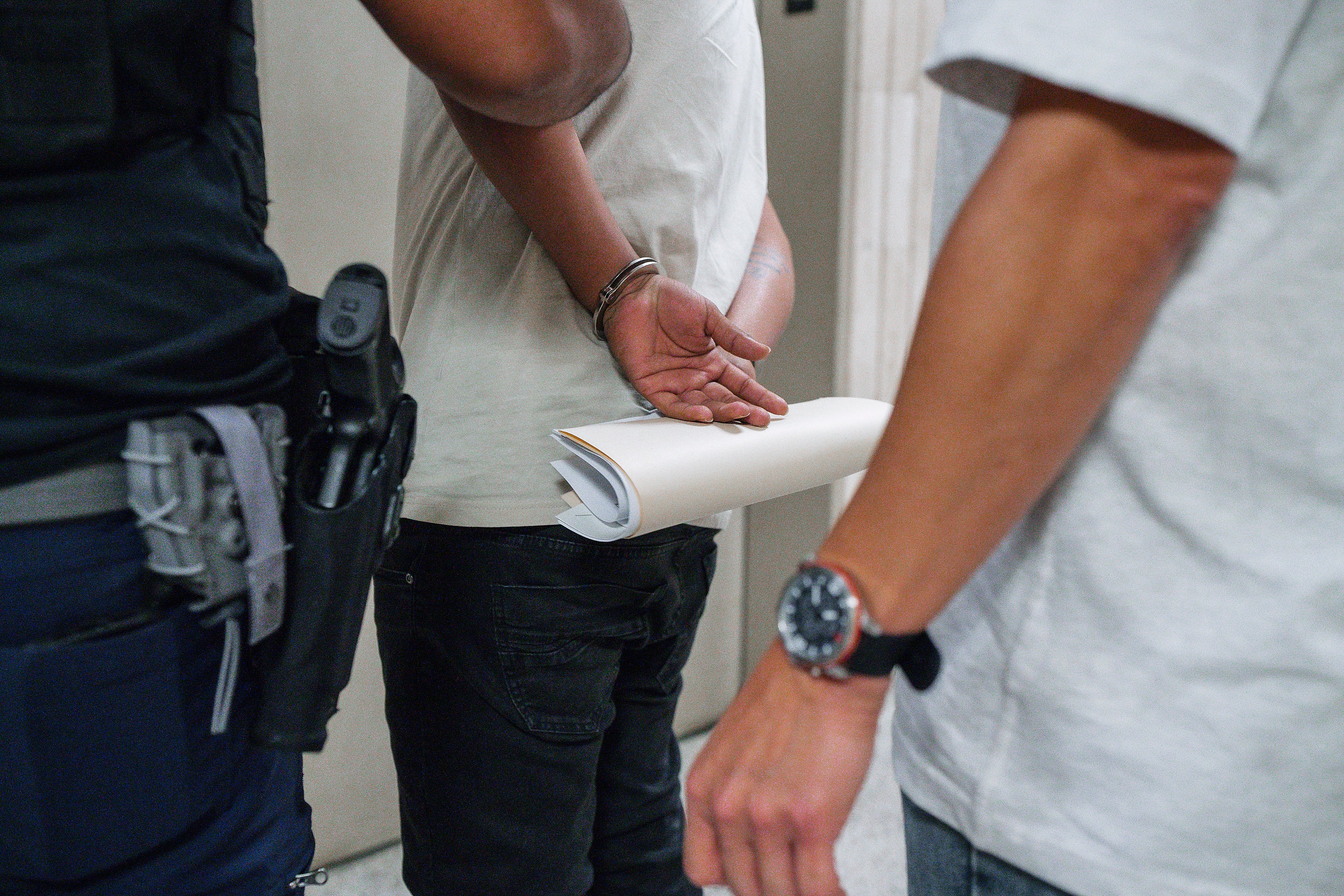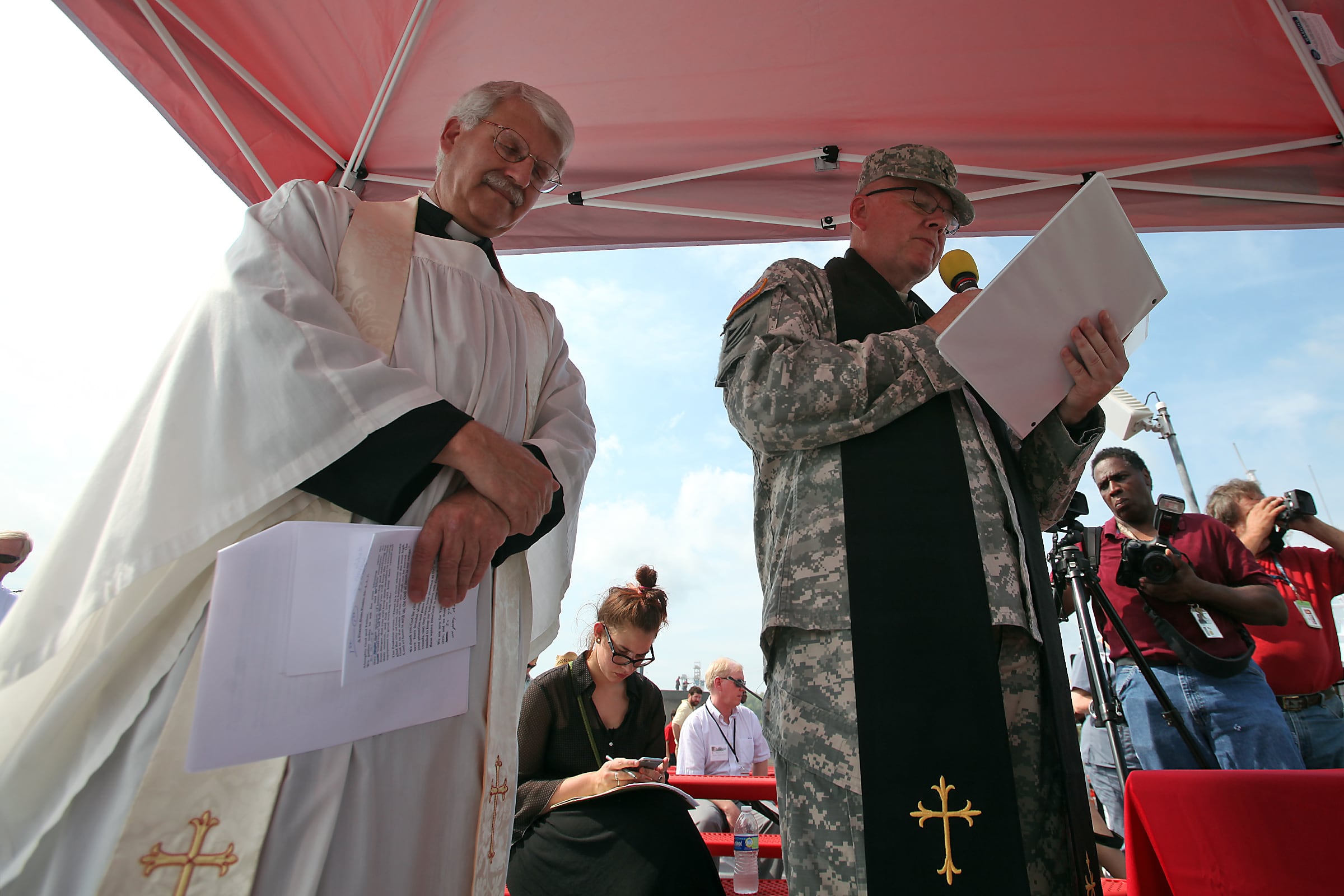LOS ANGELES — The captain and crew who jumped from a burning dive boat off Southern California saved themselves as 34 people perished below deck.
Whether their escape from the Conception before dawn Monday was the only viable option, an act of cowardice or even a crime has yet to be determined. While the old saw about the captain going down with his ship is more an antiquated notion, there are laws to punish a ship's master who shirks his duty to safely evacuate passengers.
The responsibilities of captain and crew are broadly defined, said professor Martin J. Davies, who is the maritime law director at Tulane University. With passengers, their duty is take reasonable care in all the circumstances, which is dependent on those circumstances.
If that captain made no attempt to save passengers trapped in a burning boat that would be a violation of his duty. But it wouldn't necessarily be wrong if the crew decided there was nothing they could do to help the passengers in the berth and abandoned ship to seek help from a boat nearby.
“The notion of the captain always goes down with the ship is consistent with that only because the captain is expected to stay there and do something if that’s going to help,” Davies said.
“The idea that the captain is actually supposed to die along with everyone else is not any kind of a legal requirement.”
RELATED
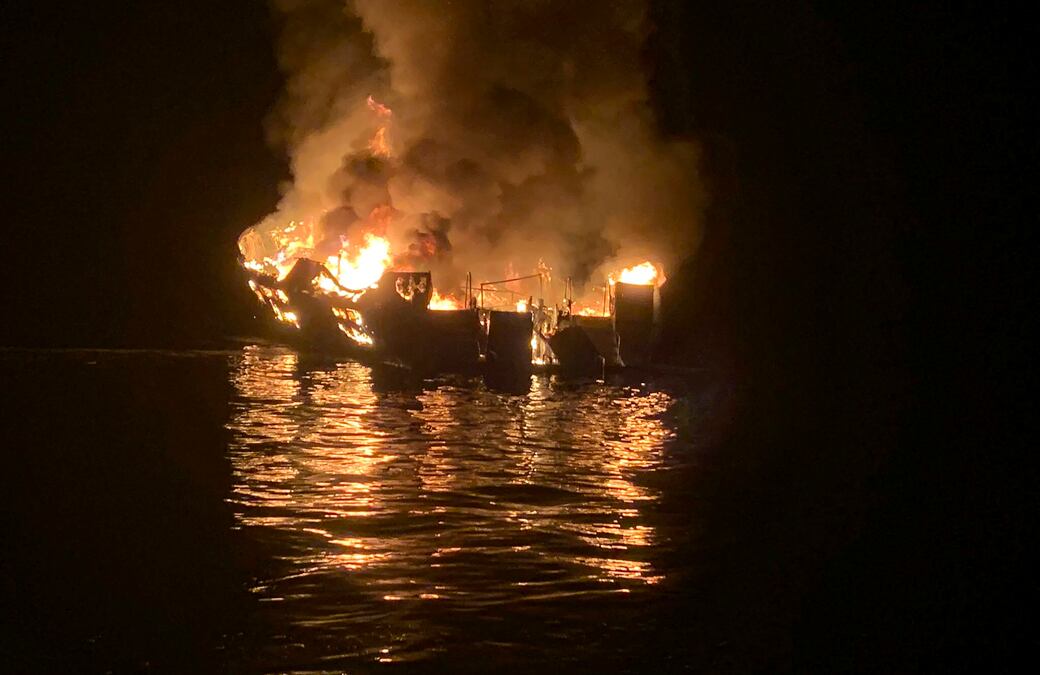
While authorities have said they view the disaster as an accident, prosecutors from the U.S. attorney’s office in Los Angeles and the Santa Barbara County district attorney’s office are taking part in the investigation.
Whether anyone is criminally charged will depend on the conclusions of a multi-agency investigation on land and sea into the cause of the fire. Investigators interviewed the captain and crew members Wednesday, but wouldn't reveal any of what they learned.
Few details have emerged about what happened before the breathless captain made a mayday call at 3:15 a.m. Monday as he was apparently being overwhelmed by smoke on the boat.
Passengers would have been sleeping at the time while the boat was anchored just off Santa Cruz Island.
Santa Barbara County Sheriff Bill Brown said fire above deck blocked the one stairway and an emergency exit hatch where 33 passengers and one crew member were sleeping in bunks.
It’s not known if any alarm sounded or what the people below deck may have done to try to escape.
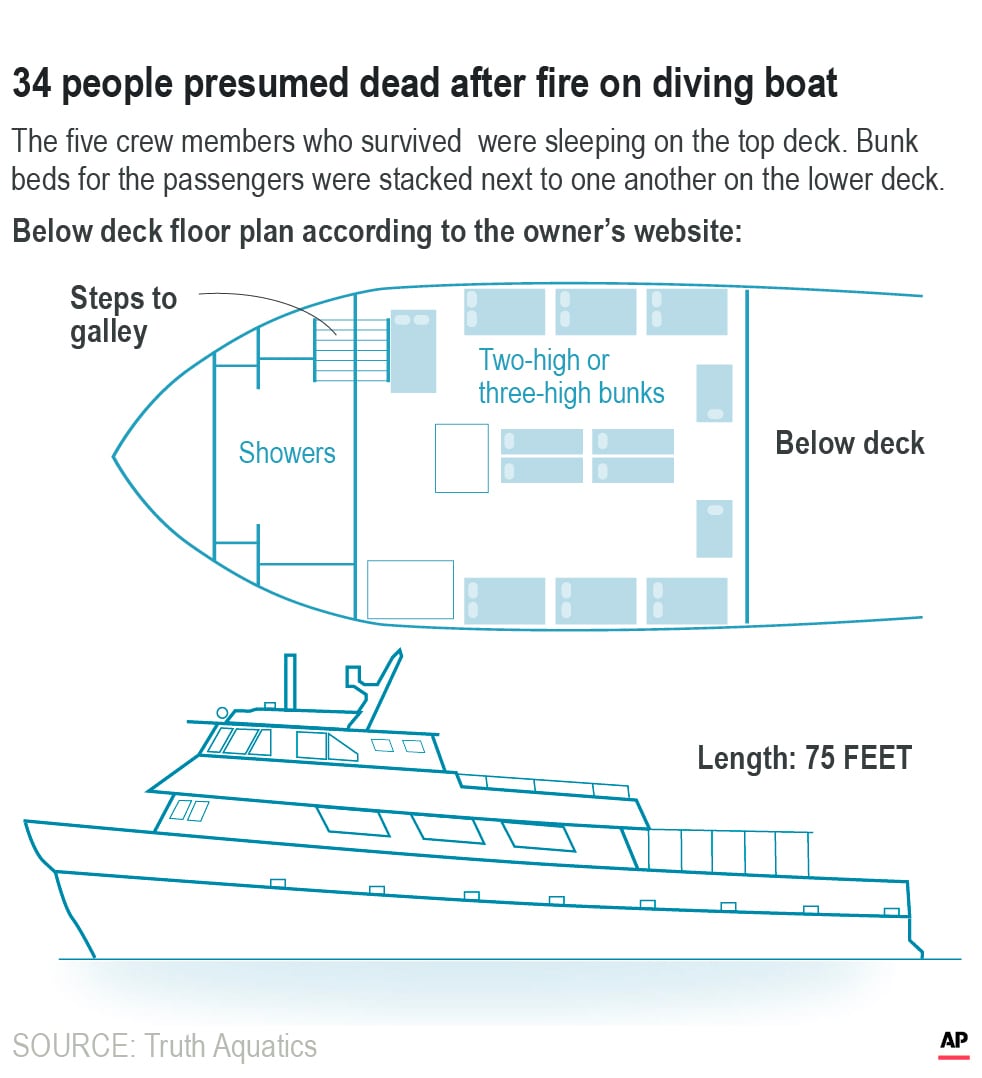
Finding the cause of the fire could be difficult with the boat largely destroyed and sitting upside down in 60 feet (18 meters) of water. Other items that could provide valuable clues could have been carried away by the tides or destroyed in the fire that burned so hot DNA was needed to identify the dead.
"All of that will be a very large hurdle to overcome," said George Zeitler, a former Coast Guard inspector, who runs his own marine investigation firm.
Investigators will want to produce a timeline of the ship's final voyage from the moment it pulled from a Santa Barbara dock early Saturday morning until the crew jumped overboard, experts said.
They will look at the ship’s layout and whether the bunk room below deck was too cramped and had enough exits, review maintenance records, even study photos and videos from people who have been on the boat to look for valuable evidence.
While lawsuits are almost a guarantee with such a high death toll, it's not clear if any crime was committed, experts said.
Under federal law, a captain or crew member can be sentenced to up to 10 years in prison if misconduct, negligence or inattention to duty leads to a death. The law can also be extended to a boat owner or charterer who engages in "fraud, neglect, connivance, misconduct, or violation of law" that takes a life.

Some high-profile boating disasters have sent ship captains to prison for failing to perform their duties.
Capt. Francesco Schettino was sentenced to 16 years in an Italian prison for abandoning ship and other crimes when he fled in a lifeboat after the Costa Concordia ran aground off Tuscany in 2012 and killed 32 people.
He refused an order from the Italian Coast Guard to return to the listing ship.
The Conception, owned by Truth Aquatics, was being chartered for three days by a commercial dive outfit based in Santa Cruz to explore the rugged Channel Islands, sometimes referred to as the Galapagos of North America, about 20 miles (32 kilometers) south of Santa Barbara.
Coast Guard records show fire safety violations on the Conception in 2014 and 2016 were quickly fixed. There were no deficiencies found in February or August 2018 inspections.
The five survivors were all crew members, including the captain. They apparently jumped from the bow, where the stairway led to the sleeping quarters in the berth, and swam to the stern, where they took a dinghy to a nearby boat.
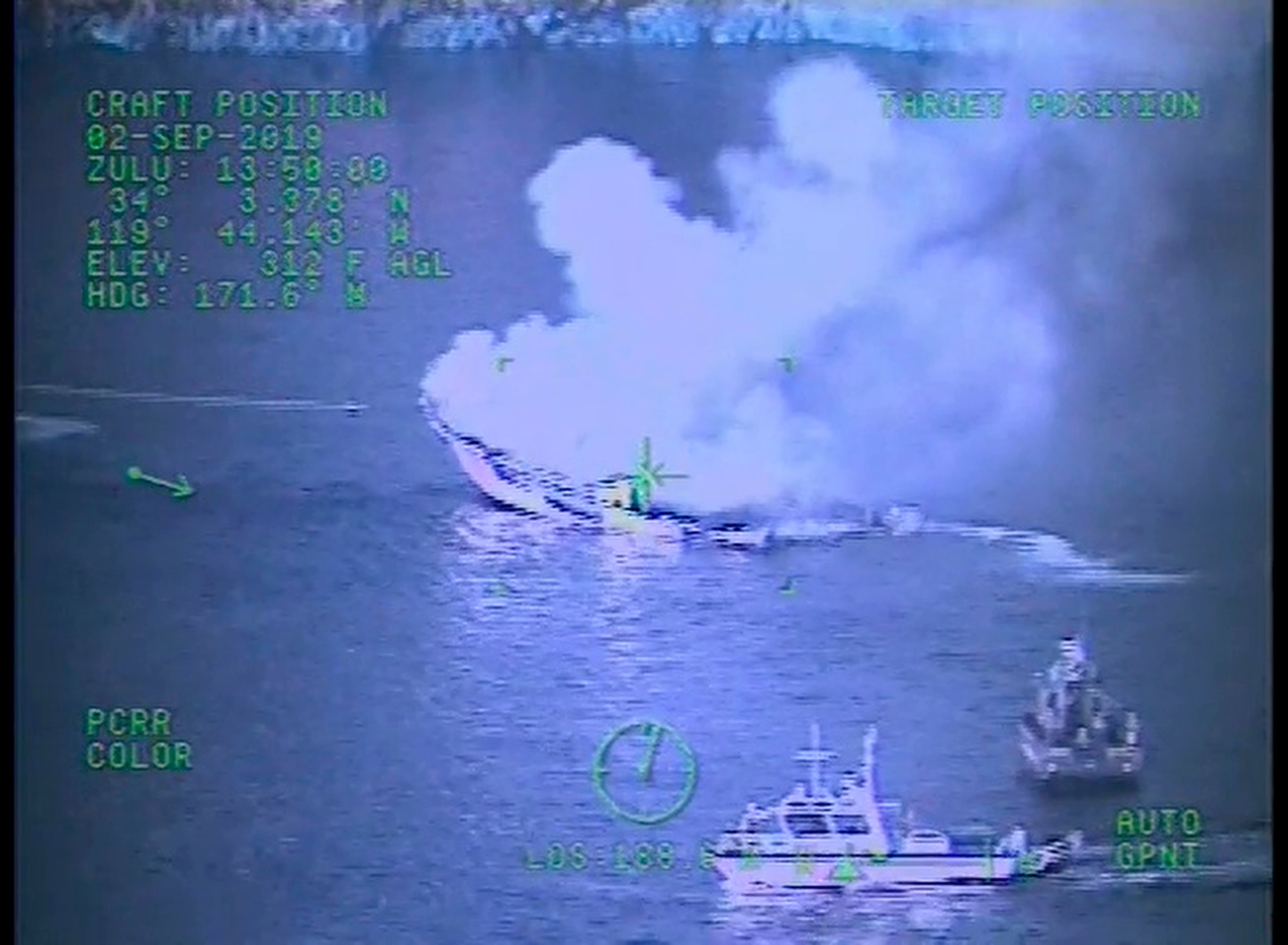
Attorney Gordon Carey, who practices maritime law, said the captain and crew should have done what they could to put out the fire, but not to the point of losing their own lives.
"They may have an obligation to put themselves at risk, but they don't have an obligation to commit suicide and certain death to save the passengers," he said.
Carey, who is not a criminal lawyer, said it's possible the owner of the boat or captain could face charges for being criminally negligent for behavior reckless they should know peoples' lives would be at risk.
Carey has been scuba diving for 50 years and has been on many long-distance voyages to exotic dive spots around the world. He said he's never been on a boat where the passengers slept below deck and he questioned why so many were crammed in a space toward the bow with only one staircase and one emergency hatch.
He said an owner or captain has to anticipate the normal range of risks — from collision to a breach of the hull to high seas to fire.
"If you have either designed or put into place an operation that, knowing the risks that are there, and fire is certainly one of them, that put people in a serious risk of dying, I guess that sort of rises to the level of what I would consider involuntary manslaughter," Carey said. "It's behaving recklessly in the face of known danger."
Don Barthelmess, a former commercial diver who has been on the Conception many times for fun and with classes he taught at Santa Barbara City College, said Truth Aquatics and its crews are industry leaders.
"For people to point fingers at this point, it's just irresponsible," he said, noting that authorities have said the captain stayed to help the Coast Guard after he and the crew were rescued.
Barthelmess said he listened to the mayday calls and heard the "panic" in the voice of "Captain Jerry," who has not been publicly identified.
“That crew would do everything humanly possible to save people if they could have,” he said. “My heart just bleeds for Jerry and the crew. ... They’re going to live with this for the rest of their lives.”
RELATED
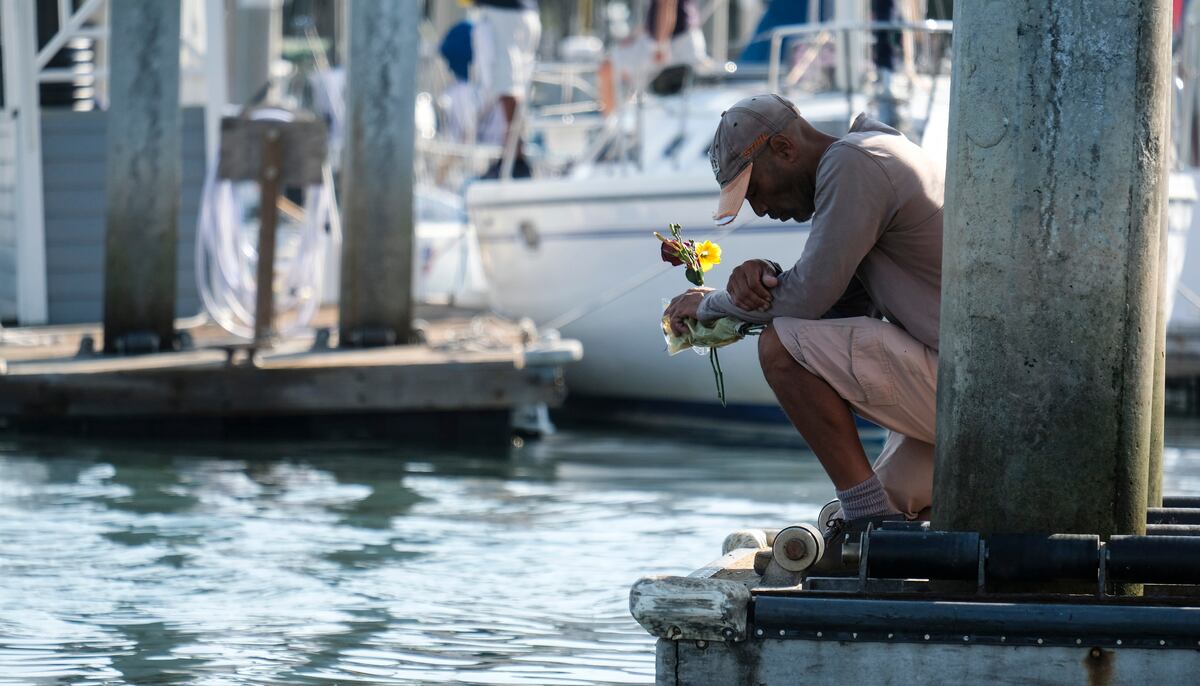
Associated Press Writer Stefanie Dazio in Santa Barbara contributed to this report.
